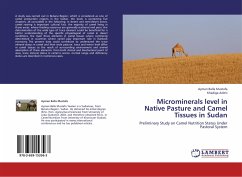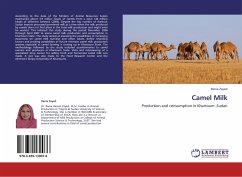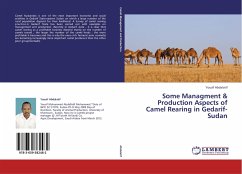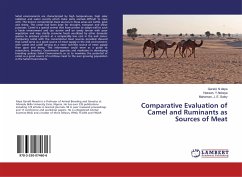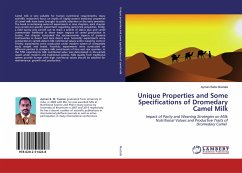High Quality Content by WIKIPEDIA articles! Over the past few decades camels have regained recognition for their food-producing potential in arid and semi-arid areas of Sudan. After having been dismissed as uneconomical by the Sudanese government, their vital role in supporting human populations in some of the poorest and frequently drought-stricken areas of the world has now been widely acknowledged. The devastating African drought in 1984-1985 demonstrated that camel ownership can give pastoralists a competitive edge and an excellent chance for survival. Whereas entire herds of cattle, sheep and goats succumbed to the arid conditions, camel populations survived relatively unscathed. Consequently, some pastoral groups with deeply ingrained traditions of cattle herding, such as the Samburu in northern Kenya, started to acquire camels, a fact which has come to the attention of development agencies and international organizations. In parts of the rain-fed agricultural belt of the Sudan, current developments suggest that camels are indeed able to be integrated with crop cultivation systems.
Bitte wählen Sie Ihr Anliegen aus.
Rechnungen
Retourenschein anfordern
Bestellstatus
Storno


